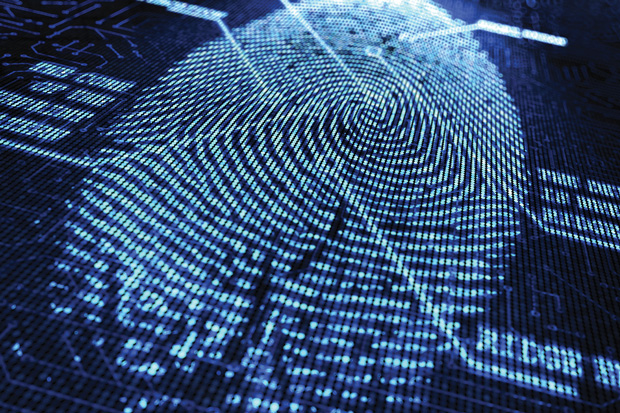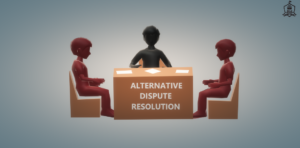The combat of law and science is in order from a long ago. Through this unsettled coalition which is almost 600 years old, law strives to resolute a truth on authoritative, just, equitable and socially acceptable aspects. At the same time, science marches to seek the truth on the basis of empirical analysis of certifiable facts. This is where the elementary distinction soars between the two, and the result emerges as the new branches of knowledge known as ‘Criminalistics’ and ‘Forensic law’, among many others.
Science and law intersect and bestow new devices and mechanisms to detect truth. Forensic law denotes the methodologies to deliver well-timed, flawless and compact information to the decision makers in a criminal justice system. The word “Forensic” derived from a Latin word “forensis” which means “a forum where in Roman times, senators and others debated and held judicial proceedings as multi-dimensional space of negotiation and truth-finding in which humans and objects participated together in politics, law, and the economy.” With the advent of newness, the meaning of forensics shifted to mention increasingly to the realm of law, and aptly to the use of medicine and later science, more comprehensively in the courts.
Forensic law occupies assistance from different branches of sciences to peruse DNA from blood samples, drug samples, paints, explosives, chemicals, toxins, skin, fingerprint, hair, tidemarks, handwriting etc. left at the crime scene. Dumped and decomposed dead bodies are recognized along with cause of death; offenders of sex assaults and rapes are detected through the process of DNA testing. Ballistics or weapon testing and cyber crimes are unrolled by diverse forensic experts and tests. These multidisciplinary uses of forensic science make a legal system more enriched, transparent and efficient.
In Bangladeshi legal system, forensic law encroaches through section 45 of the Evidence Act, 1872 which enumerates that, “when the Court has to form an opinion upon a point of foreign law, or of science, or art, or as to identity hand writing or finger impressions, the opinions upon that point of persons specially skilled in such foreign law, science or art, or in questions as to identity handwriting or finger impressions are relevant facts.” Here an expert is a person who has skills and knowledge about foreign law, science or art and expertise in identifying the hand writings and finger impressions in a matter related to crime, criminal and laws. Those criteria make a strong bond of law and science eventually leads a legal system towards forensic law.
When science advanced, the legal systems approached to harmonize with science to increase the admissibility of evidence. In the year 1911, an American court convicted a murderer on the basis of fingerprint identification evidence (People v. Jennings, 252 Ill. 534). The first notable development occurred in 1923 with the issuance of the landmark decision in Frye v. United States, 293 F. 1013 (D.C. Cir. 1923), a federal case decided by the District of Columbia Circuit in 1923. In the Frye Case, the D.C. Circuit considered the admissibility of testimony based on the systolic blood pressure test, a precursor of the modern polygraph. Forensic evidences penetrated fully in the legal periphery in 1993, through the landmark verdict of Daubert v. Merrell Dow Pharmaceuticals, Inc. 509 U.S. 579 which provided the standard for admitting expert scientific testimony in a trial.
Bangladesh hasn’t spectated any development of forensic law and the number of experts are almost non existent up until now. When the world is using sophisticated methodologies to trace the criminals, Bangladesh is still using some archaic and inexpedient mechanisms. Misdirected DNA tests by, overwhelmingly criticized two finger test, disoriented fingerprints are the most debated and questionable exponents in Bangladeshi criminal justice administration system.
These setbacks exist because of the absence of forensic evidence rules or directions in the existing Evidence Act-1872 and the lacking of knowledge of the police officers, lawyers and Judges pertaining to it. As a glimmer of hope, the Deoxyribonucleic Acid (DNA) Act 2014 was passed by the parliament in 2014 to collect DNAs from the people and make a database by setting laboratories in the country, which will aid the government to recognize criminals, ordain family relationships, maintain DNA data on emigrants and identify rotten dead bodies. Unfortunately this Act hasn’t seen the light of application.
Legal systems of the world are enriched with functional forensic evidence act or rules which prescribe the way to collect DNA from the crime scene, rape victims, drug samples, dead bodies etc. It also prescribes the procedure to collect fingerprints, chemicals, toxins from the crime scene and detect criminals. All we need is the inclusion of Forensic Evidence Rules or a Schedule in the existing section 45 of the Evidence Act 1872. In absence of proper guidelines regarding forensic evidence and inadequate forensic science experts, presented evidences before the courts of law lack reliability. This is an urge towards the law enforcing officials to appoint forensic experts and introduce new rules and procedures in the Bangladeshi legal system to ensure flawless forensic techniques in vindicating reliable evidence. Furthermore, the compliance of the rules prescribed in the law must be ensured to determine the exactitude of the evidence before the admission of forensic evidence in the court.
One can certainly look forward to an efficient, reliable and fast procedure to accommodate the forensic and scientific evidences, which will supplement our existing criminal prosecutions to be more transparent, successful and equitable.
First Published at Future Law Initiative
Sakhawat Sejan
Latest posts by Sakhawat Sejan (see all)
- Environmental Migrants: Anonymity among the names - January 8, 2018
- Income Generating Activities for the Rohingyas: Transforming burden into resource - December 6, 2017
- Application of Forensic Evidence in Bangladesh: A long way to go - August 8, 2017




